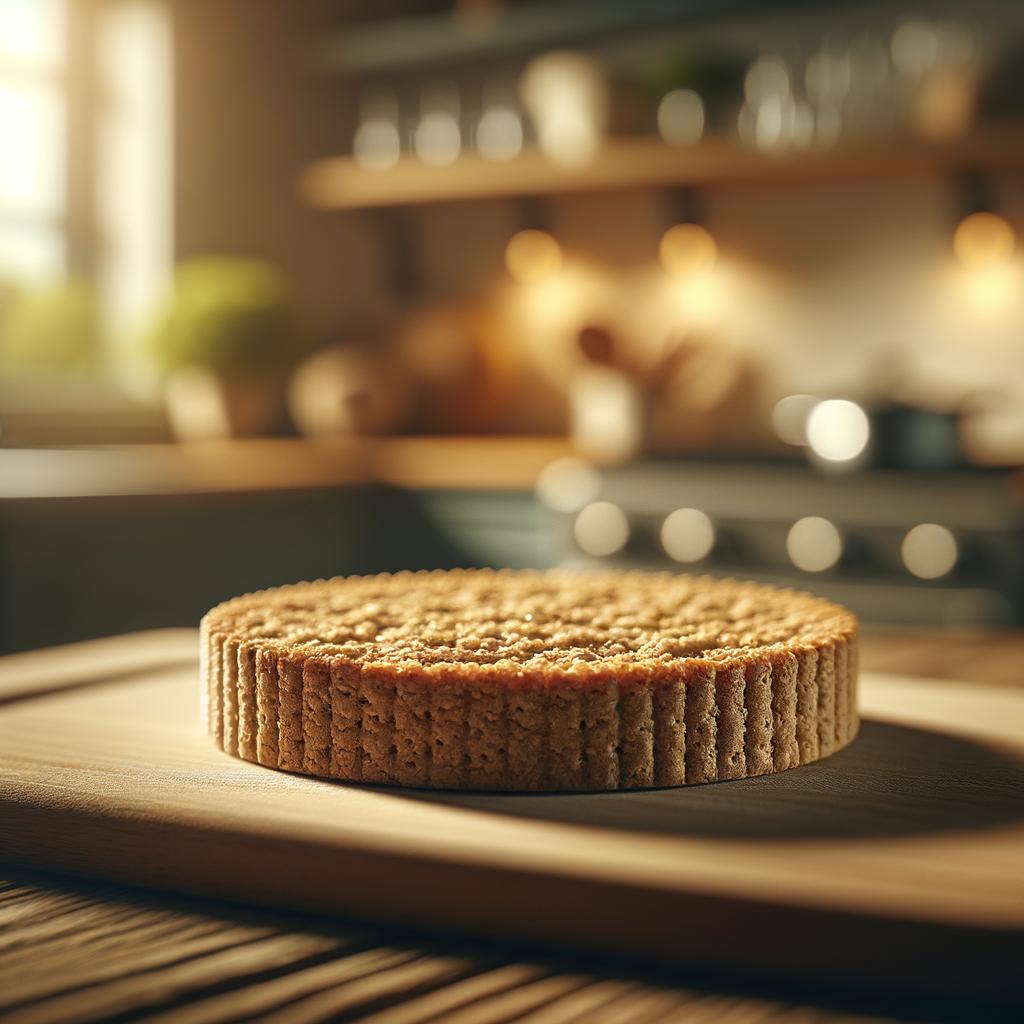Graham Cracker Crust

Description
The graham cracker crust, a sweet and crumbly delight, is an essential ingredient in the world of baking. It’s a golden-brown treasure, with a texture that manages to be both crisp and crumbly. The flavor profile is a heady mix of sweet and slightly nutty, with a hint of honey. What sets a graham cracker crust apart from other crusts is its simplicity and versatility. Made primarily from crushed graham crackers, sugar, and butter, it's a canvas that can take on a variety of fillings and flavors, from the tartness of a key lime pie to the creaminess of a classic cheesecake.
Primary Uses
Graham cracker crust is commonly used in baking, particularly in making pies and cheesecakes. It's the star in a variety of dishes across cuisines - from the classic American key lime pie and s'mores pie, to the indulgent New York-style cheesecake. The crust's sweet, crumbly texture perfectly complements the rich, creamy fillings of these desserts. While its primary use is culinary, there's a certain cultural significance to graham cracker crust as well, as it's become synonymous with family gatherings, holiday celebrations, and comfort food.
History
The history of the graham cracker crust is intertwined with that of its namesake, the graham cracker, which was developed in the 19th century by Sylvester Graham, a Presbyterian minister. Graham believed in a vegetarian diet that excluded white flour and spices. His namesake cracker, made from whole wheat, was initially quite bland. However, over time, the recipe evolved into the sweet treat we know today, and by the mid-20th century, the graham cracker crust had become a popular base for pies and cheesecakes. Its use and popularity have only grown over time, with home bakers and professional chefs alike appreciating its ease of preparation and delicious taste.
Nutritional Information
While graham cracker crust isn't exactly a health food, it does offer some nutritional benefits. Graham crackers are made from whole wheat flour, which provides dietary fiber. The crust also contains small amounts of iron and calcium. However, it's also high in sugar and fat, so it's best enjoyed in moderation. Compared to a traditional pie crust made from white flour, a graham cracker crust can offer a bit more fiber and a slightly lower glycemic index, thanks to the whole grains in the graham crackers.

